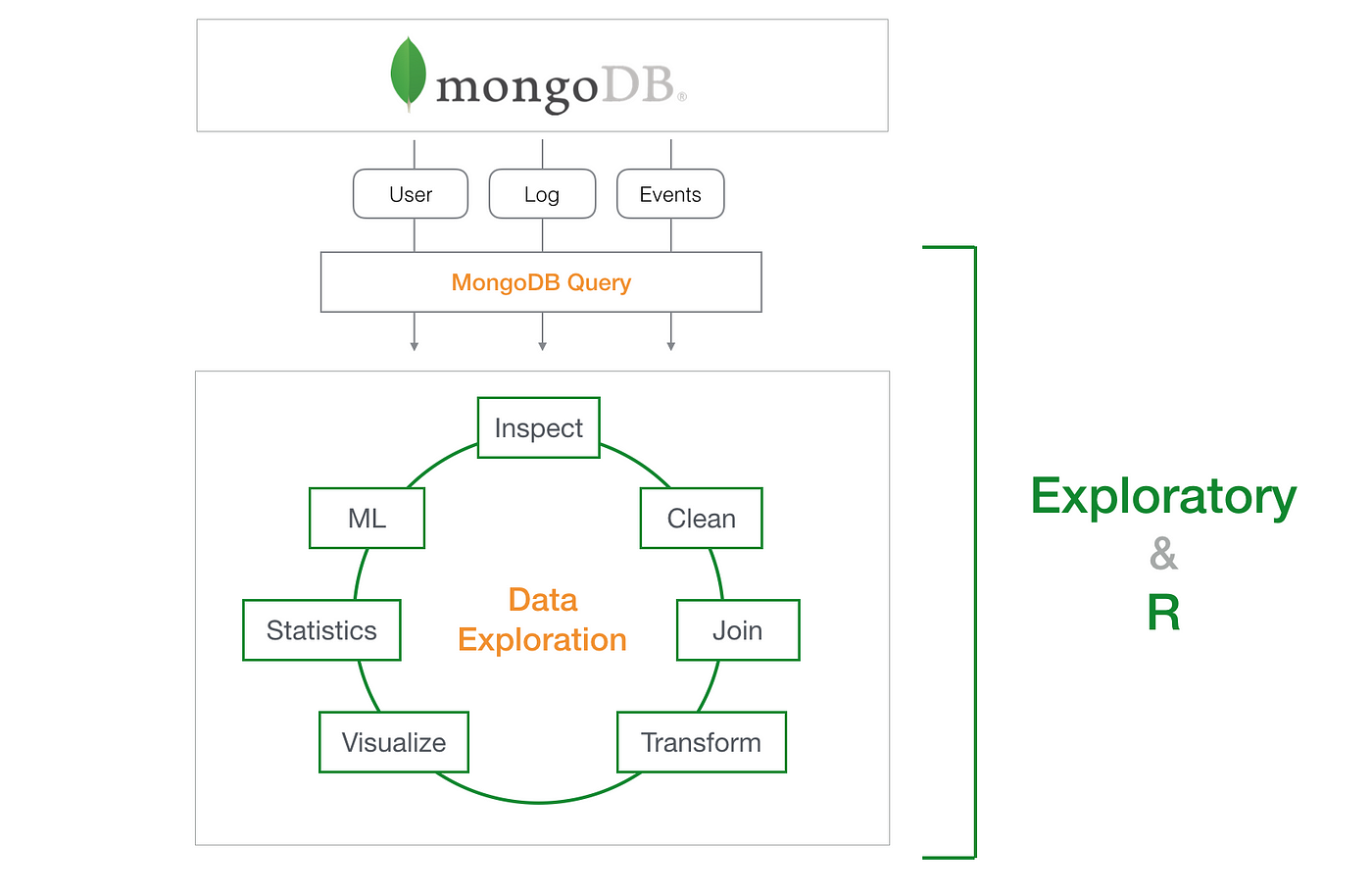Creating Documents In MongoDB(Insert)
•
Introduction to MongoDB
MongoDB is one of the most widely used
NoSQL databases, known for its flexibility and scalability. Unlike traditional
relational databases, MongoDB stores data in BSON format (Binary JSON),
which allows developers to store semi-structured data. Each record in MongoDB
is called a document, and documents are grouped into collections.
• What is an
Insert Operation in MongoDB?
An insert operation in MongoDB is used to
add a new document to a collection. This operation can be done through MongoDB
Compass (graphical interface) or through command-line interfaces like the
MongoDB shell or drivers in programming languages.
There are two primary methods used for
inserting data:
- insertOne() for inserting a single document
- insertMany() for inserting multiple documents at once
• Steps to
Insert Documents Using MongoDB Compass
Step 1: Open MongoDB Compass
Start by launching MongoDB Compass on your
computer. This is the official GUI provided by MongoDB.
Step 2: Connect to Your Database
Enter your MongoDB URI (e.g.,
mongodb://localhost:27017) and click 'Connect' to connect to your local or
cloud database.
Step 3: Select Your Collection
Once connected, navigate to your database
and either choose an existing collection or create a new one.
Step 4: Click on Insert Document
Click on 'Insert Document' to open a editor
where you can add new data to the collection.
• Future Scope of Insert Operations in MongoDB
1.
Dynamic Schema Support:
MongoDB already allows schema-less design, but future enhancements will make it
more robust to handle hybrid data structures.
2.
Conditional & Transactional Inserts:
Expected future updates will allow more advanced insert controls like
conditional insertions and full transaction support.
3.
Real-time Data Processing:
Insert performance is expected to scale further for IoT, telemetry systems, and
large-scale live analytics.
4.
Cloud-Native Features:
Integration with MongoDB Atlas and serverless computing will automate insert
operations as part of event-driven architectures.
5.
AI & Machine Learning Integration:
Insert operations will serve as pipelines to feed
real-time data into machine learning models for better decision-making.
6.
Mobile & Edge Device Optimization:
Insert operations will be refined for edge computing, allowing real-time local
inserts even without constant connectivity.
Aniket Patil
University: Sri Balaji University, Pune
School: School of Computer Studies
Course: BCA (Bachelor of Computer Applications)
Interests: NoSQL, MongoDB, and related technologies







Nice!
ReplyDeleteThis comment has been removed by the author.
ReplyDeleteGood!!
ReplyDeleteGood one!!
ReplyDeleteExcellent 👍
ReplyDeleteExcellent!!!
ReplyDeleteExcellent !
ReplyDeleteVery helpful for learning.
ReplyDeleteVery Helpful
ReplyDeleteThis blog is very helpful to me as this contain all information which we want
ReplyDeleteGood!
ReplyDeleteHonestly it was so helpful!
ReplyDeleteVery good
ReplyDeleteVery helpful blog!
ReplyDelete